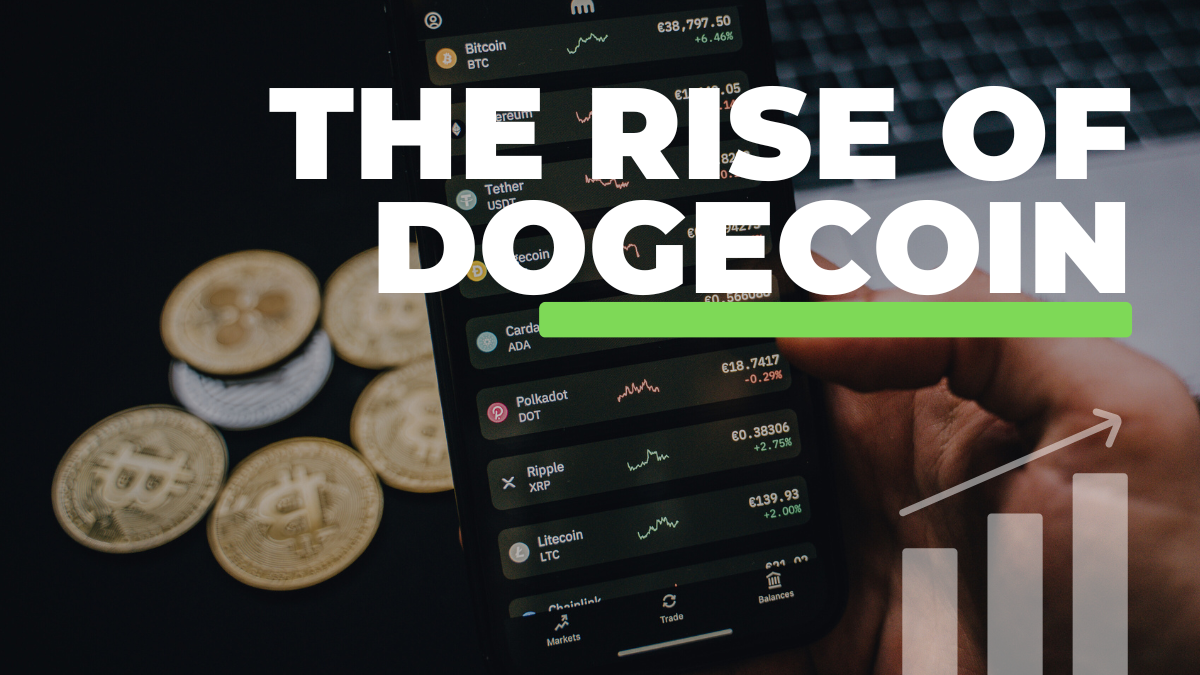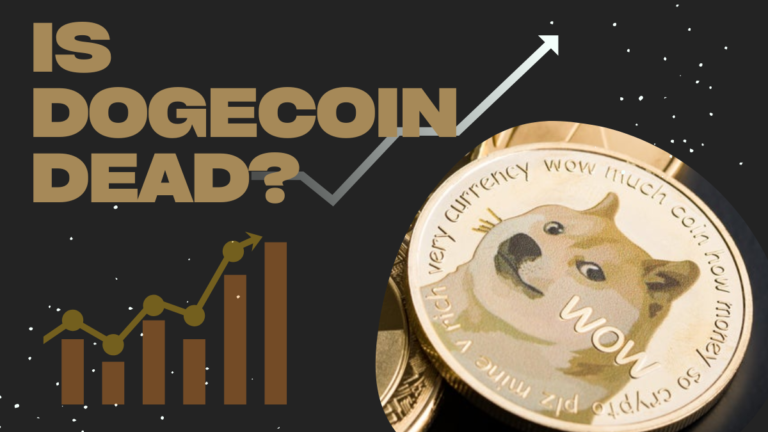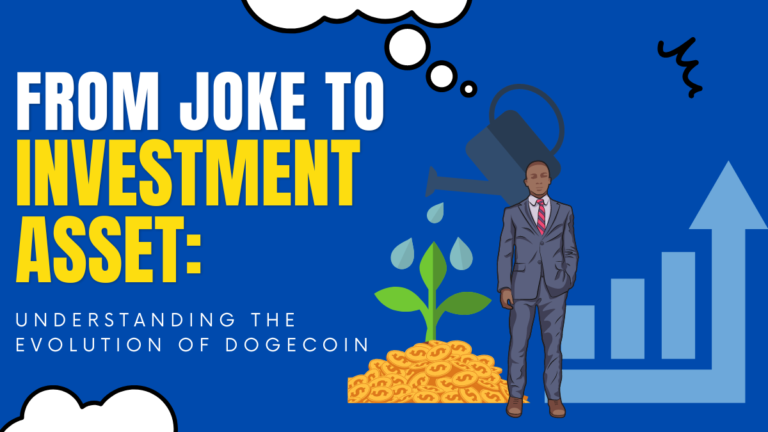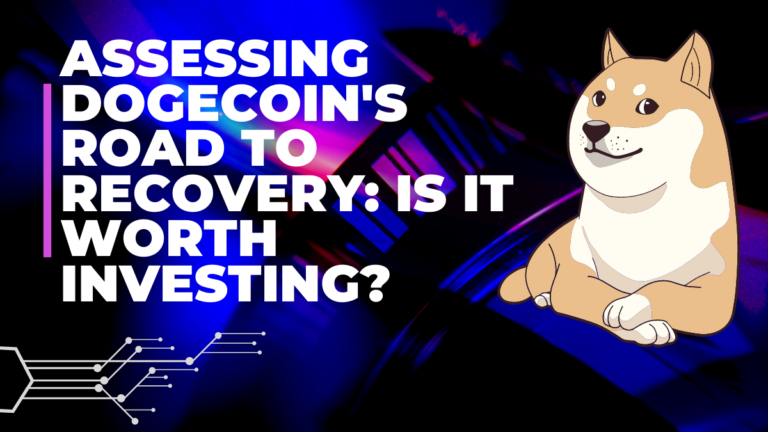Understanding the Rise of Dogecoin: Will It Continue to Soar?

Welcome to the wild world of cryptocurrency, where digital assets are flying high and fortunes can seemingly be made overnight. One particular furry-faced token has captured the attention of both seasoned investors and curious onlookers alike – Dogecoin. What started as a playful joke based on a popular internet meme has evolved into something much more significant, with its value skyrocketing in recent months.
But is this upward trajectory sustainable? In this blog post, we will delve deep into the rise of Dogecoin, exploring its origins, analyzing its current surge in popularity, and peering into the crystal ball to determine whether this canine-themed currency will continue to soar or come crashing back down to earth. Get ready for an exhilarating ride through a world where memes meet money!
Table of Contents
What is Dogecoin?
Dogecoin is a cryptocurrency based on the Bitcoin code, but with an altered difficulty algorithm that produces more Dogecoins over time. Created by an unknown person or group of people under the name “DOGE” on December 6, 2012, Dogecoin quickly circulated among online users and was promoted as a funny way to pay for goods and services online.
Despite its obscure origins, Dogecoin has performed well since its creation, peaking at over $0.20 in January of this year. While it has seen some volatility since then, overall Dogecoin seems to be doing well-by any standard.
Many have attributed the rise of Dogecoin to its blunder-proof nature and light-hearted approach. Unlike other cryptocurrencies such as Bitcoin, which are designed for use in transactions, DOGE is meant purely for humor and entertainment purposes. As a result, even if adoption lags behind other currencies (which it has not), there is still likely to be a sizeable fanbase for the funky little coin.
One factor that may help support Dogecoin’s continued success is its favorable network conditions. Compared to bitcoins and many other major cryptocurrencies, Dogecoin has a very active and supportive community. This leads to quicker response times to technical issues and increased liquidity due to frequent buying and selling
History of Dogecoin
Dogecoin is a cryptocurrency that was created in December 2013. The crypto-currency is based on the Bitcoin protocol but features a Dogecoin logo on its currency unit. Dogecoin is not mined; it is generated by stacking transaction blocks together on the blockchain. As of February 2017, there were over 101 billion Dogecoins in circulation.
The doge meme was popularized on 4chan’s /b/ (board) and soon saw its way onto various online platforms including Reddit’s r/dogecoin community. The origin of the doge meme has been unknown, but some speculate that it originated from a 2009 picture of Shiba Inu Doge that was posted to Imgur with the caption “What kind of dog says ‘woof?’.”
Despite early calling shots by pundits who proclaimed dogecoin as nothing more than a passing fad, the crypto-currency has seen consistent growth since its inception. Although there are many factors at play determining whether or not dogecoin will continue to soar, one key factor may be how well its associated communities continue to grow and thrive.

How Does Dogecoin Work?
Dogecoin is a cryptographic currency that uses the SHA-256 algorithm. Dogecoin was created on December 8, 2013, by Jackson Palmer and Billy Markus. Dogecoin is based on the Litecoin codebase but uses the DOGECOIN network instead of the LTC network. Dogecoin currently has a market capitalization of over $170 million and is the fifth most valuable cryptocurrency after Bitcoin, Ethereum, Bitcoin Cash, and Litecoin.
Dogecoin is based on Litecoin but uses a different network. Transactions are verified by miners who maintain the Dogecoin blockchain. For every block mined, 50 DOGE (or 0.00000001 BTC) are rewarded to miners. The popularity of Dogecoin has led to people creating unofficial clones of Dogecoin called Dogethereum and Dogexplorer.
Potential Cryptocurrency Advantages of Dogecoin
Dogecoin is a cryptocurrency that started in December of 2011. It is based on the Bitcoin code but does not have a lot of the features that Bitcoin has. One of the things that makes Dogecoin popular is its comedic nature. Another thing that makes Dogecoin popular is its low supply. There are only 100 million Dogecoins in circulation, which means that it is not as profitable to use as some other cryptocurrencies. However, there are some potential benefits to using Dogecoin.
One benefit of using Dogecoin is that it is very easy to get started. You can just download the software and start trading. Another benefit of using Dogecoin is that it cannot be devalued like some other currencies can when they become unpopular. This means that your investment in Dogecoin will last longer than if you were investing in something like Bitcoin or Ethereum.
There are some advantages to using Dogecoin over other cryptocurrencies. However, it remains to be seen if the popularity of this cryptocurrency will continue to surge or if it will plateau out eventually .
Risks Associated with Dogecoin Investing
There are a number of risks associated with investing in any digital asset, but Dogecoin is particularly risky due to its relatively high market capitalization and lack of intrinsic value.
Dogecoin prices have been incredibly volatile over the past year, rise of dogecoin from around $0.0025 to a peak of $0.40 before falling back below $0.30. This price volatility may be attributed to a number of factors, including hype and speculation, as well as technical issues that have caused Dogecoin withdrawals to be blocked or delayed.
If you’re considering investing in Dogecoin, it’s important to remember that this is a highly speculative currency and there is a risk you could lose all your invested money.
Moreover, Dogecoin is vulnerable to attack, with hackers recently exploiting a vulnerability in the network that allowed them to steal hundreds of millions of dollars worth of DOGE.
Finally, because Dogecoin is a decentralized currency, it’s not backed by any physical assets and is therefore not immune to financial crises or government intervention.






